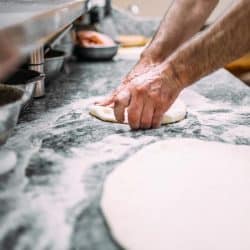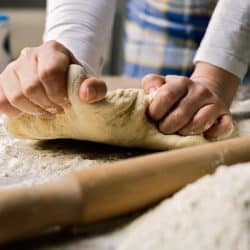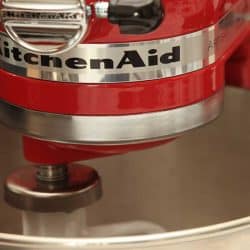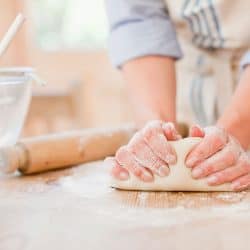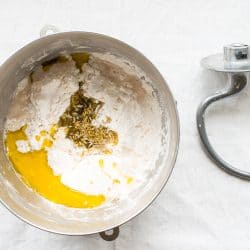Kneading bread correctly is one of the most important steps in making awesome bread and baked goods. However, knowing exactly how long you need to perform this task can be a bit confusing if you are a novice baker. So, how long do you need to knead dough? We've done some digging to find the best answer to this question.
Generally, it's best to knead bread anywhere from 10 to 20 minutes if you are doing it by hand. If you have a mixer, this will reduce the time to about 5 to 7 minutes. The amount of time required to knead dough manually will also fluctuate based on your experience and the type, quality, and gluten level of the dough.
Kneading dough for the appropriate amount of time is crucial to the quality of your bread or baked goods. If you don't knead the dough enough or if you over-knead it, you'll find yourself with bread that doesn't meet your expectations. Continue reading to learn more about the best ways to knead bread and how to know when you've kneaded it enough.
![Baker man hands breadmaking kneading bread dough, How Long To Knead Bread [By Hand And In A Mixer]](https://kitchenseer.com/wp-content/uploads/2021/03/How-Long-To-Knead-Bread-By-Hand-And-In-A-Mixer.png)
Understanding Dough Kneading Times And Techniques
Kneading is essential when it comes to breadmaking as it strengthens the dough and creates texture within it. You will notice that after you knead the dough, it will be soft and silky with a bit of a cushion-like feel. Most flours today still contain gluten, which is a protein that creates the elastic texture in the flour. When you add water to the flour, the proteins in the gluten form a sort of gluten network.
This network of proteins helps the dough become more elastic, as it creates bubbles within the yeast. As a result, the dough becomes chewy, airy, and light once it's baked. Some bread doughs create this magic all on their own, however, while other types of dough required kneading to get to this point.
Kneading bread requires you to fold, push, and pull the dough to and away from you using the palm of your hand and your fingers. This repeated push-pull technique will vary depending on the characteristics of the dough that you have. The length of time necessary to knead your bread dough will depend on its current moisture level and the characteristics that you want your final product to have.
For example, if you are creating a dense and thick product like cinnamon buns, you will want the surface to be smooth and the texture to be chewy. Or, if you are creating a more hearty type of bread, such as focaccia loaf, you'll have more of a light and crumbly texture.
Some recipes call for you to have a fluffy texture, while others may require a more open and flakier final product. The amount that you need to knead the dough will be determined by the dish that you're making.
Do You Knead Dough Before Or After It Rises?
This is a tricky question to answer, and you may find that most people have mixed opinions about it. However, the truth is that it will depend on the desired product that you want. Again, remember the purpose of kneading is to create gluten networks within the bread. So if you knead bread after its first rises, you will likely destroy the air bubbles and the dough will become dense and flat.
However, if you are using the right method, it can make the dough fluffy and airy--which is perfect if that is what you're going for. Note: this method is often used when making loads or dinner rolls.
How Do You Know When Bread Is Kneaded Enough?
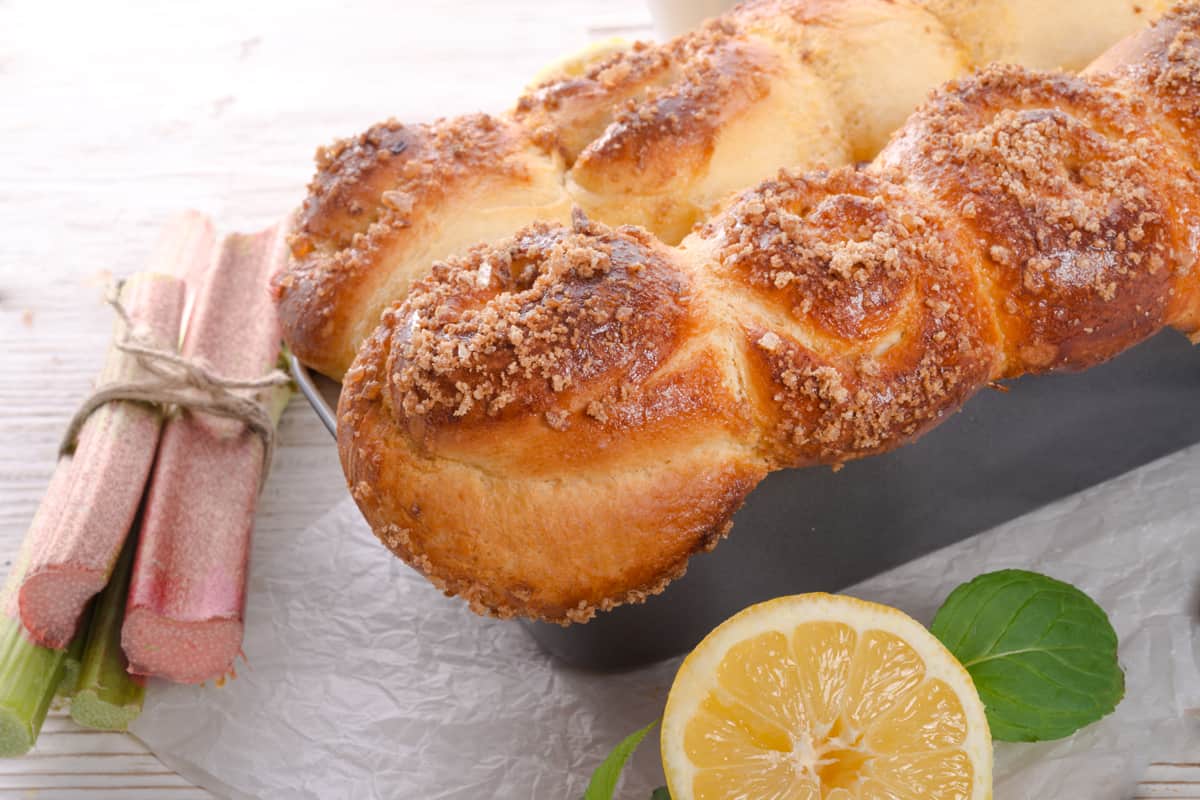
Having an understanding of how long you need to knead your dough can seem like a mystery at times, especially if you are new to the world of bread baking. Whether you are kneading the bread manually with your hands or using a mixer, it's important to pay attention to the texture and the appearance of the dough. You don't want to end up wasting your time and having to pitch the dough because you've kneaded it too much.
But what signs can you look for to determine whether or not the dough has been kneaded enough? Let's take a look at four of them.
Inspect the dough's appearance
When you first add water to bread dough it will have a lumpy and shaggy look to it. As you begin to knead it with your hands or in a mixer, you will notice that it will gradually become silkier and smoother within a few minutes. When you knead the dough properly, it should have a very smooth texture that is slightly tacky when you touch it.
Notice if the dough holds well
Does the dough hold its shape? When the dough is kneaded properly, it should. Test your dough by lifting it in one hand and holding it for a few seconds. Notice whether or not the ball begins to sag between your fingers towards the ground. If it does, you may need to knead it for a bit longer, until it holds its shape when you perform this test.
Poke the dough
Form your dough into a ball and then give it a quick poke with your index finger. The hole that you pressed in the bread dough should fill immediately, and if it doesn't, you still have some kneading to do.
Do the windowpane test
The windowpane test is one of the most commonly used baker techniques to determine the consistency of bread dough. For this test, you'll need to pull off a small piece of the bread dough; it should be around the size of a ping pong ball. Take the ball and stretch it flat into a thin sheet using your fingers. Try to make it as flat as possible, paper-thin even.
If the dough breaks easily when you do this, you will need to knead it more. If it doesn't, you're good to go. Remember, you want the gluten to become well-developed and elastic before tossing your bread in the oven.
Lastly, if you have kneaded your dough thoroughly for about 10 minutes and notice that your hands or forearms are starting to ache or cramp up, the dough is probably good to go. As long as the dough is somewhat close to passing the above-mentioned tests, don't stress about kneading it to absolute perfection. Sometimes a little practice will help you to develop an instinct of when the bread is ready to be moved to the next step in your baking process.
What Happens If You Don't Knead Bread Enough?
![Baker man hands breadmaking kneading bread dough, How Long To Knead Bread [By Hand And In A Mixer]](https://kitchenseer.com/wp-content/uploads/2021/03/Baker-man-hands-breadmaking-kneading-bread-dough.jpg)
If you under-knead your dough, it simply won't rise properly. This is due to the gluten within the dough being underdeveloped. If you've ever had a cake or a baked dessert that had a very dense texture or brick-like weight to it, chances are that this is a result of bread dough that was not kneaded enough.
This isn't the only area where you can go wrong with your bread-making. You can also under-proof the dough if you are making bread from scratch. When you under-proof dough, the yeast in it will not be activated enough for the bread to achieve a light and fluffy texture. In turn, it will be dense and heavy after it is baked.
On the opposite end, if you over-proof your bread, it will cause the dough to achieve a great rise while it's in the oven, but then it will soon collapse leaving the bread uneven and crumbly.
Similar to kneading, you can perform a quick proofing test by poking your finger in it and waiting for it to spring back. If the dough doesn't fill immediately, chances are that you have over-proofed it. If you are making bread from scratch for the first time, pay special attention to how long you both knead and proof the dough.
Can You Over-Knead Bread Dough?
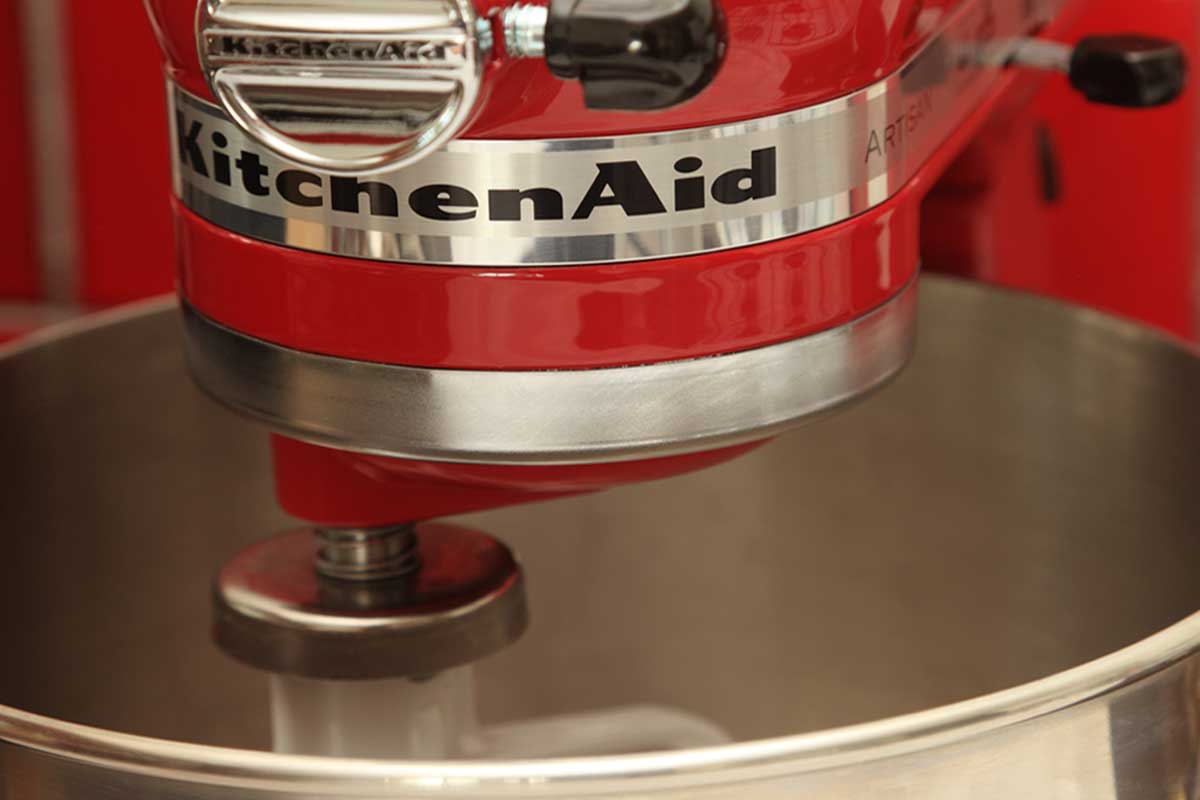
Yes, you can definitely over-knead dough--and it happens fairly often with new chefs and home cooks. And while it may initially appear as though this is better than under-kneading it, this isn't the case. Over-kneading the dough will ruin the desired texture of the bread. It may feel dense and heavy as a result of over-kneading. Let's take a look at a few signs that may let you know when you have over-kneaded your bread.
Over-Kneading Signs
- The dough will rip easily when you try to stretch it thinly or pull it apart.
- It feels very tight when you try to form it into a shape.
- The dough may feel stiff and dense to the touch.
- You can barely stick your finger inside of it to do the "poke" test.
- The dough will be hard to knead manually and you may find yourself struggling to press it down with your fingers or getting it to lay flat.
If your dough displays any of these characteristics, chances are that you have over-kneaded it. There are, however, ways that you may be able to save the dough if you do over-knead it. Let's look at a few of them.
Ways To Save Over-kneaded Dough
- Place the dough in a large bowl, cover it with aluminum foil, and let it sit in the refrigerator overnight to rise.
- Manually shape the dough into a ball and place it on the counter and just let it sit for about 30 or 40 minutes.
- Let the dough rise twice, and on the second rise let it rise a bit longer, and then throw it in the oven to bake it.
Can You Still Bake Over-kneaded Dough?
If you decide to take the plunge and bake your over-kneaded dough anyway, is there a downside? It depends on how over-kneaded the dough is, the type of dough that you're working with, and the bread or dessert that you're preparing. Undoubtedly, the results of your final product will vary greatly from what you expect. However, it doesn't always mean that you need to toss the bread or baked dish in the trash can.
How will it differ? Well, the texture of the dough may simply feel a bit denser than you anticipated. Or, it may not rise a lot when you place it in the oven. Lastly, the bread may be crumbly and dry when you cut and prepare it.
But who wants to waste time and money on bread or desserts that don't turn out the way that you want them to? No one. So, let's briefly discuss how to prevent over-kneading your dough.
How To Prevent Over-Kneading
The simplest way to prevent over-kneading your dough is to do your kneading manually--meaning that you may want to set aside the mixer, at least for now. If you are new to creating homemade bread and bread-based dishes, it helps to start manually so that you can know the signs to look for to determine whether or not the dough has been kneaded enough.
For example, you'll know when to add more flour, water, or when you need to knead the dough for a few more minutes. It takes time and experience to develop this skillset, and it can be hard to achieve when you always use a dough mixer. Remember, making bread dough is truly an art form. The more you perform the task, the better your bread will turn out in the future.
Wrapping Things Up
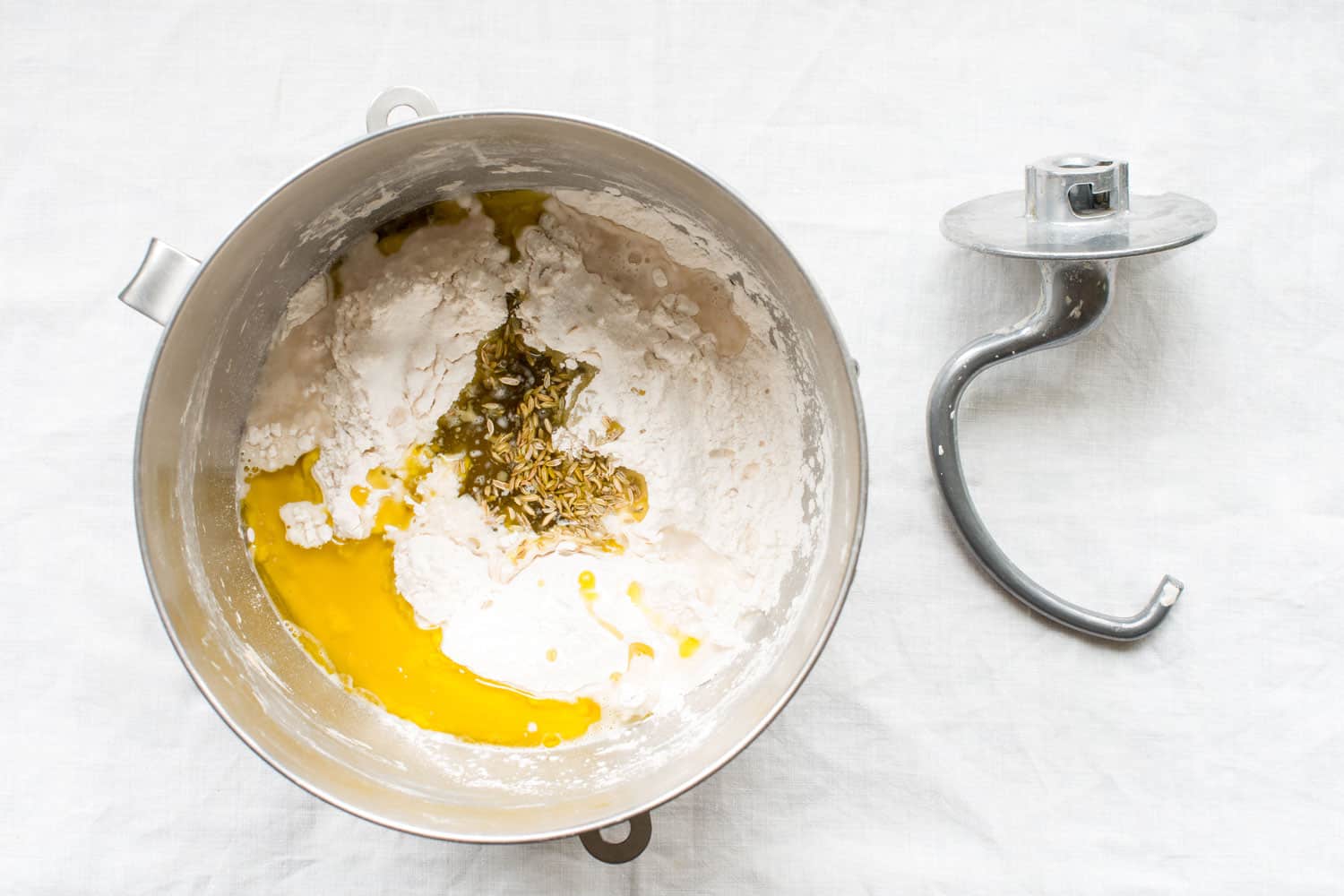
If you don't knead your bread properly at the first pass at it, don't worry--it's normal. It's helpful to practice on easy recipes first, this way you can save time while you perfect your technique. But before you go, be sure to check out some of our other posts:
Can You Use A Dough Hook To Knead Bread?
10 Bread Recipes For Mixer With Dough Hook
Can You Safely Mix Bread Dough In A Stainless Steel Bowl?

